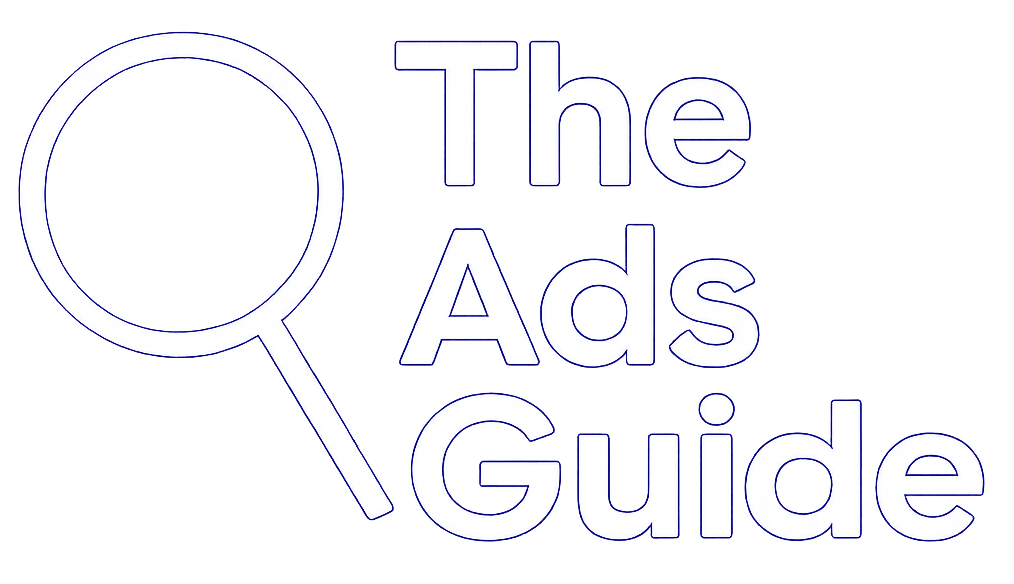

Black Hat SEO tactics are sneaky methods that try to outsmart search engine rankings by bending or ignoring the rules set by platforms like Google. These tricks focus on quick wins instead of building something that lasts and carry a hefty risk—like plunging down the rankings or getting booted from search results. We’ll dive into what "black hat in SEO" really means, look at common sneaky moves black hat practitioners use, and explain why these strategies can backfire.
Before diving into the world of black hat tactics it is worth taking a moment to grasp what SEO is all about. SEO or Search Engine Optimization is the art and science of tweaking a website to shine brighter in search results and make it easier for visitors to find. There are straight-laced approaches known as white hat SEO and sneaky rule-bending tricks called black hat SEO.
The term "black hat" harks back to old Western movies where bad guys wore black hats to stand out from heroes in white. In SEO, black hat refers to sneaky tactics designed to outsmart search engines by exploiting loopholes or ignoring the rules. These underhanded moves contrast with "white hat" SEO, which plays by the book, and "gray hat" SEO, which sits in a murkier middle ground.
Black hat SEO is all about trying to game the system for some quick wins, rather than playing by the book to build lasting, sustainable success.
Black hat SEO tactics are sneaky tricks that try to fool search engines into boosting a website's ranking. They can deliver fast results but often hurt the user experience or rely on shady practices.
cramming pages full of the same keywords in a not-so-subtle attempt to game the rankings.
showing one thing to search engines and a different story to actual users like pulling a digital fast one.
sneaking in invisible text or links to fool search engines while keeping users unaware.
buying, selling or swapping links like trading cards to give your site a fake boost in authority.
copying content from other websites to slap together pages quickly and cut corners.
creating low-quality pages stuffed with keywords that funnel visitors somewhere else, often leaving them scratching their heads.
dropping spammy links in comments or building secretive networks to jack up link profiles.
tempting users to click with flashy hooks and sending them off to unrelated or risky sites, leaving a bad taste.
Keyword stuffing is one of the oldest black hat tricks, typically meaning cramming a webpage with too many keywords or phrases in a way that doesn’t flow naturally. For example, a page about "running shoes" might cram that phrase repeatedly into the visible text or sneak it into meta tags so it’s hard to miss.
Cloaking occurs when a website serves one version of its content to search engines and a completely different one to actual visitors. Often, this sneaky tactic is used to hide keyword stuffing or irrelevant fluff.
Sometimes the sneakiest bits are tucked away—text and links hidden in plain sight, quietly doing their job. Whether it’s a clever little trick to keep the interface tidy or a subtle nudge to keep users discovering more, concealed content has its own charm. Let’s dive into how these hidden gems work and why they matter more than you might think at first glance.
Hidden text and links are sneaky elements tucked away off-screen or colored to match the background. They can also be shrunk down so small that users usually don’t even bat an eye while search engines catch every glance. The idea behind this trick is to sneak in extra keyword presence or link popularity without messing with what the user actually sees.
Let's dive into the world of link schemes—a topic that often gets a bad rap but is important to grasp if you want to keep your website in Google’s good books. At its core, a link scheme involves any strategy aimed at manipulating how links influence a site's ranking. Think of it as trying to game the system, which usually backfires spectacularly. So buckle up, as we unravel the nuances and learn how to navigate this tricky terrain without stepping on Google's toes.
Buying or selling links or swapping them through loosely connected networks is your classic black hat move aimed at giving page authority a quick boost. Relying on private blog networks to churn out artificial backlinks is another tactic. Search engines usually catch onto these sneaky link schemes and don’t hesitate to penalize them.
[image attributes=[{"prompt":"visual graph illustrating black hat SEO tactics clashing with search engine guidelines, with icons representing keyword stuffing, cloaking, hidden links, and link schemes","description":"An infographic showing common black hat SEO tactics being flagged by search engine algorithms."}] end]
Black hat SEO techniques are a risky business to say the least. Search engines are constantly fine-tuning their algorithms to catch and slap down any sneaky tactics. The penalties can range from a frustrating drop in rankings to the downright nightmare of being wiped off search results altogether, which can seriously tank a website’s visibility and traffic. On top of that, users tend to lose trust the moment they stumble upon low-quality content or get duped by misleading experiences.
Quick SEO wins can be pretty tempting—they often reel people in—but it’s easy to overlook the serious, long-lasting damage that black hat tactics can inflict on both your brand’s reputation and search visibility.
Identifying black hat tactics on a website requires a keen eye and a solid grasp of ethical SEO practices—it's a bit like being a detective in the digital world. You’ll want to watch out for telltale signs like unnatural keyword stuffing that grabs your attention in the wrong ways, hidden content playing peek-a-boo, suspicious links that do not feel right or sudden spikes in traffic that come out of nowhere. Tools like Semrush or Ahrefs are real lifesavers here.
Dodge penalties by leaning on white hat SEO strategies that focus on steady long-haul growth—unlike risky black hat in SEO tactics—by genuinely delivering value to users and playing by the search engine rulebook. Sure, these methods might take longer to show results but they usually build lasting traffic and a rock-solid online reputation.
Kick things off with thorough keyword research then weave those keywords into your content so they flow naturally—steer clear of stuffing them where they clearly don’t belong or it just feels forced.
Create original top-notch content that really hits the mark for your audience, keeps them hooked and makes them want to share it with their crew.
Build links the right way by pitching guest posts, teaming up with partners and earning backlinks through genuine efforts—no shortcuts here.
Tackle technical SEO improvements like giving your site a speed boost, making sure it plays nice on mobile devices and verifying everything’s properly indexed—small tweaks that can make a big difference in user experience.
Always keep a close watch on user experience and fine-tune it nonstop—from smooth navigation to trustworthy content—to make visitors stick around, come back for more and actually take action.
Struggling to boost your online visibility and traffic? Semrush is the ultimate platform for digital marketers like you. With powerful SEO tools and competitive data insights, you can optimize your website, content, and campaigns for maximum impact.
Join over 7 million marketers already using Semrush to outrank their competitors, drive more qualified leads, and grow their businesses online. Get started today with a 7-day free trial, and unlock the full potential of your internet marketing strategy.
Are you ready to take your digital marketing game to new heights? Semrush is the ultimate SEO and online visibility tool tailored for businesses and marketers like you. Discover how to outrank your competitors, attract more traffic, and dominate your niche with our comprehensive suite of features.
6 pages contributed
As an esteemed thought leader in e-commerce SEO, Rajesh Patel has developed groundbreaking strategies for optimizing online stores and driving revenue through search engine traffic.
Read Articles